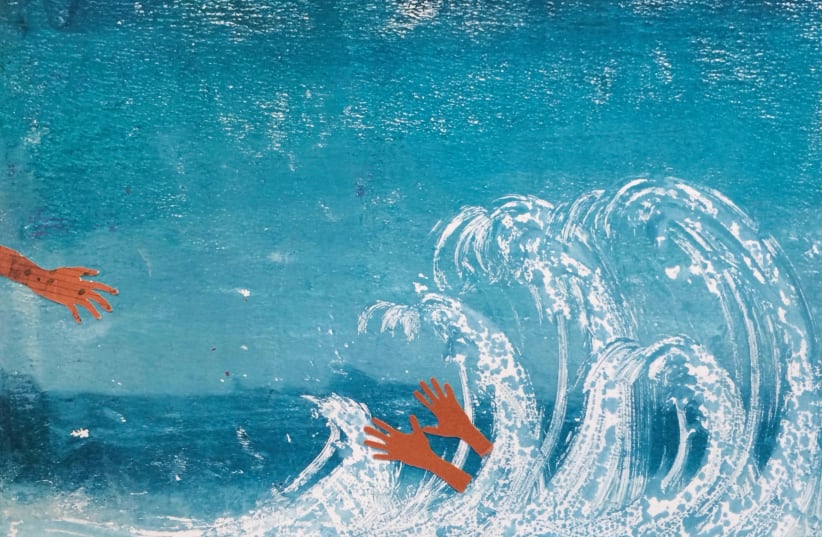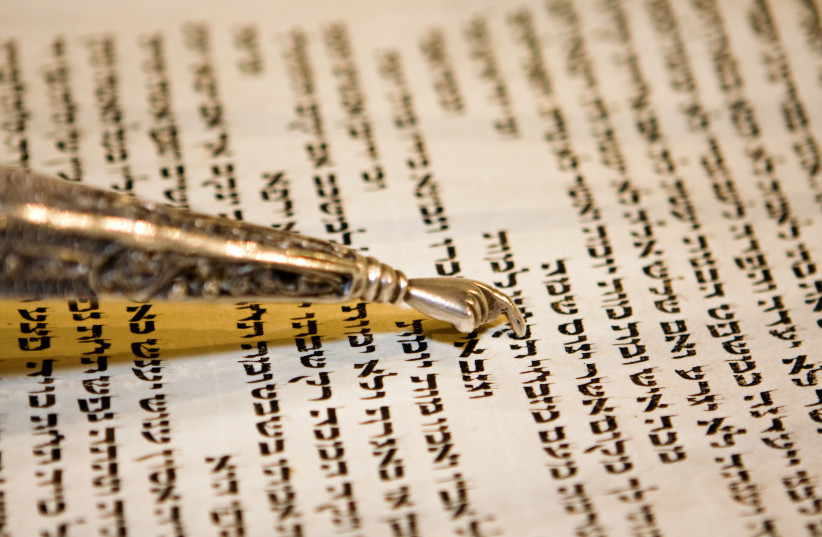Of all the holidays on the Jewish calendar, it is Passover that receives the most attention. We read about it in detail throughout the Book of Exodus (12:1-15; 16:6-8; 23:14-15; 34:18, 25), and there are references to it in Leviticus (23:4-8), Numbers (28:16-25), and in this week’s parasha, Re’eh (Deut. 16:1-8). By “Passover,” we mean the festival that commemorates the exodus from slavery, through the leadership of Moses, in tandem with the will of God.
Within the biblical accounts, we discover a number of elements of the holiday: to be observed in the spring (and therefore the need to establish a calendar to know when to celebrate it); the paschal lamb sacrifice to be roasted and eaten; other sacrificial offerings; the spreading of blood from the lamb on the door posts of one’s house; the eating of unleavened bread for seven days (matzah) and the consumption of bitter herbs with the first meal of the week; eating the meal quickly to escape from slavery; no work to be done on the first and seventh days of the holiday; and to be celebrated throughout the ages.
So important is its message of freedom, that we find references to it throughout the year. When we recite the Shabbat eve and festival Kiddush, we make mention “of the Exodus from Egypt.” This is based on the commandment to keep Shabbat: “Remember that you were slaves in Egypt and that the Lord your God brought you out of there with a mighty hand and an outstretched arm. Therefore the Lord your God has commanded you to observe the Sabbath day.” (Deut. 5:15)
In the daily morning and evening liturgy, we reference the Exodus: In the third paragraph after the Shema, we say, “I am the Lord your God, who brought you out of the land of Egypt to be your God.”
Prior to the Amidah, we repeat the words that were sung by Moses and the Israelites at the Sea of Reeds: “Who is like You, Lord, among the mighty? Who is like You, majestic in holiness, awesome in praises, doing wonders?” Parts of this Song of Moses were also chanted by the Levites during the additional mussaf offering on Shabbat while the Temple stood.
That song was sung as a song of thanks for deliverance from slavery once Moses and the Israelites had reached the other side of the Sea of Reeds. We are told, “Moses held out his arm over the sea, and the Lord drove back the sea with a strong east wind all the night, and turned the sea into dry ground. The waters were split, and the Israelites went into the sea on dry ground” (Ex. 14:21-22).
The midrash (Sotah 37a) offers a different account of what happened when the Children of Israel stood on the shoreline of the Sea of Reeds. Then, no tribe was brave enough to enter into the sea first. Suddenly Nachshon ben Aminadav jumped into the water. Seeing this, Moses stopped praying and raised his staff to part the waters as God had commanded him.
We also know this interesting fact about Nachshon from earlier in the text: “Aaron took to wife Elisheva, daughter of Aminadav and sister of Nahshon, and she bore him Nadav and Avihu, Eleazar and Itamar” (Ex. 6:23).
THIS IS one version, and there are others (Sotah 36b, Bamidbar Raba 13:4). However, none explain how it happened that Nachshon took that bold step. Simply put, Nachshon was pushed! Picture it: The Children of Israel huddled on the shore, with Pharaoh and the Egyptians in hot pursuit. The people, frightened with nowhere left to go, trapped and sensing their doom, crowded as close as possible to the edge of the water as the Egyptians thundered closer and closer with their mighty chariots.
Was Nachson pushed? Did he fall? What happened and why does it matter?
And then it happened: Nachshon was pushed into the water. It was no one’s fault, and we don’t know who pushed him in. Perhaps he wasn’t even pushed, but rather the force of the people pressing against the shoreline left him no more room, and into the water Nachshon fell.
At that moment, there were several possibilities: Nachshon could have begun to swim back to the shore, or he could have started swimming to the other side, or he could have floundered and begun to drown. One of two things happened. Either, as he began to drown, the people jumped in to save him and once in the water, they continued to the other side. Or Nachshon began to swim toward the other side and when the people saw him succeeding, they followed. In both cases, the sheer force of all the people in the water caused it to part.
We learn a number of lessons from this midrashic incident.
First, this paradigm reflects what sometimes happens in our lives. We are pushed into situations that we do not want to be in. This is what happened to Nachshon when he entered the water. Once we are in a situation not of our choosing, we face the question of what to do next.
The first scenario reminds us that when we find ourselves in circumstances where we feel like we are drowning, there are others who can help us. As we are told, “Israel will be redeemed only when it forms one single band: when all are united, they will receive the presence of the Shechina” (Midrash Tanchuma, Nitzavim).
The second scenario teaches that, even in difficult situations, if we don’t allow ourselves to be overwhelmed by what has happened, we can overcome obstacles or even take advantage of what has happened to us and go, in this case, swim forward.
Like Nachshon, we are the ones who cross over to the other side. Our name, Ivrim (Hebrews), comes from the three-letter root ayin-vet-resh, which means “to cross over.” It is both a name and an existential description of who we are – constantly reaching for new shores, new lands, new realities. But how we get from here to there can be difficult. With our past chasing us and our future on the other side, we sometimes find ourselves pushed into situations that we never imagined. We can get to the opposite shore either by seeking help from others or by digging within for strength and guidance. As it said, “Then the Lord said to Moses. ‘Why do you cry out to Me? Tell the Israelites to go forward’” (Ex. 14:15). ■
The writer, a Reconstructionist rabbi, is rabbi emeritus of the Israel Congregation in Manchester Center, Vermont. He teaches at the Arava Institute for Environmental Studies at Kibbutz Ketura and at Bennington College.

